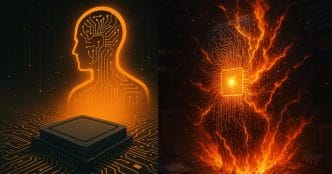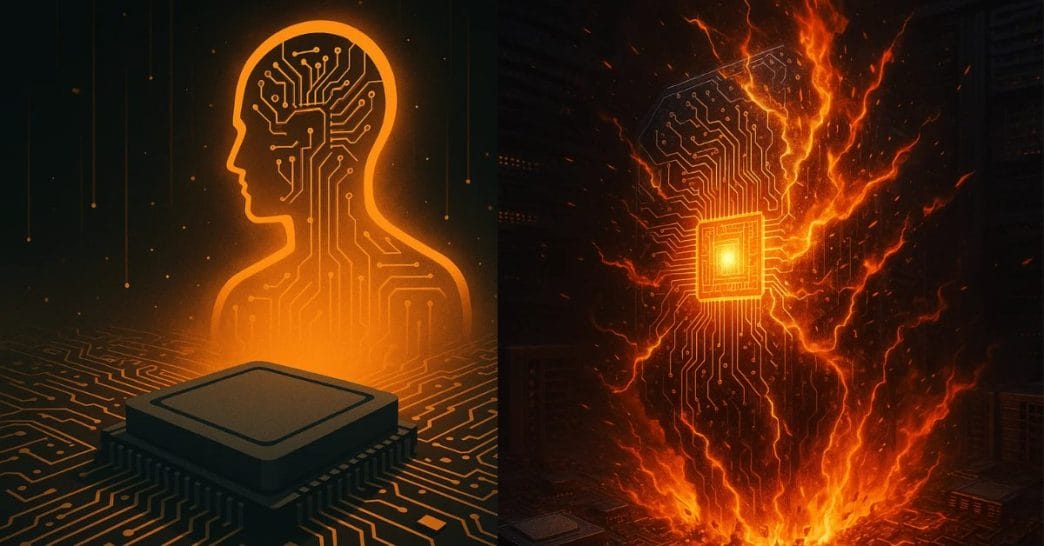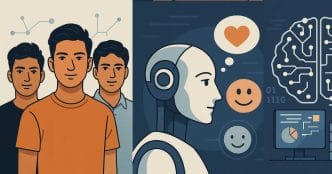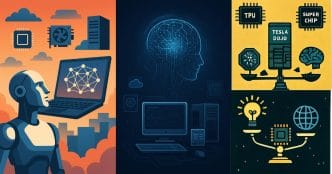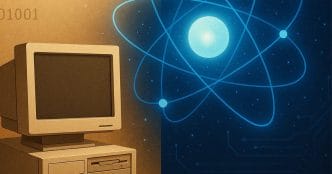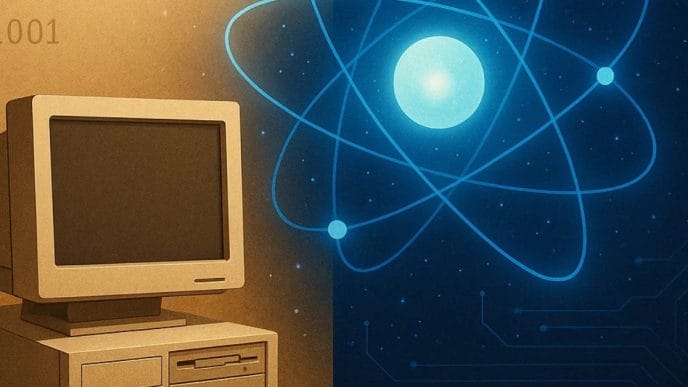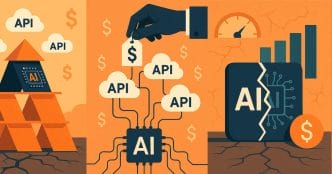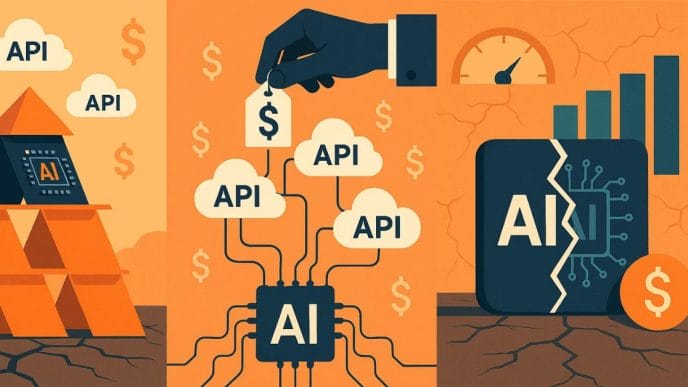Artificial Intelligence has outgrown the playground it was built on. Every new leap in AI power makes our computers look clumsy and outdated. What started as clever code running on CPUs and GPUs has now become a global stress test on the very backbone of computing. AI isn’t politely asking for upgrades—it’s ripping apart the old rules and forcing a complete redesign.
Why the Old Backbone Fails
The classic compute backbone—CPUs for logic, GPUs for graphics, memory for storage, and networks for connectivity—was never meant for trillion-parameter AI models.
- CPUs are great at sequential tasks but too slow for AI’s parallel hunger.
- GPUs were repurposed as AI workhorses, but they’re hitting memory and bandwidth walls.
- Data centers are consuming staggering energy—training GPT-4 alone is estimated to have used gigawatt-hours of electricity.
- Cooling systems are stretched thin, making sustainability a major choke point.
In short: throwing more silicon at AI is like feeding a growing brain with fast food—it works for a while, but soon the body collapses.
Enter the New Hardware Era
The AI era has triggered a hardware renaissance. Silicon is no longer one-size-fits-all—it’s becoming tailor-made for machine learning.
- Google’s Tensor Processing Units (TPUs): Purpose-built silicon for matrix math.
- NVIDIA Grace Hopper Superchip: Designed to smash memory bottlenecks for AI and HPC.
- Tesla Dojo: A custom-built training cluster to accelerate self-driving.
- Photonic Chips: Using light instead of electrons to reduce heat and increase speed.
- Neuromorphic Processors: Mimicking the way biological neurons fire, offering brain-like efficiency.
This isn’t evolution. It’s a redesign at the DNA level of computing.
From Cloud to Edge: A Distributed Future
AI is also forcing a shift in geography. The old backbone relied heavily on centralized cloud servers. But AI’s future is everywhere computing:
- Edge AI chips in phones, cars, and IoT devices.
- Compute fabrics that treat entire networks as single unified machines.
- Federated learning, where devices train models locally and share updates globally.
It’s like moving from a single power plant to a distributed grid of renewable sources.
Beyond Hardware: Software’s Redesign Too
It’s not just the chips—the software stack is mutating:
- New compilers like TVM optimize code directly for AI hardware.
- Frameworks like PyTorch 2.0 are adapting to heterogeneous chips.
- AI-driven scheduling ensures resources are used with brain-like efficiency.
Without this software backbone, even the most advanced chips are wasted potential.
Risks, Frictions, and Geopolitics
With every redesign comes tension:
- Energy cost: AI compute is already unsustainable; the redesign must be green.
- Chip wars: U.S.–China rivalry, Taiwan’s centrality in chipmaking, and Europe’s push for sovereignty all shape this battlefield.
- Accessibility: Will smaller startups afford this next-gen backbone, or will AI power centralize further into the hands of giants?
AI is not just a tech disruptor—it’s a geopolitical chess piece.
Future Horizons: Quantum + Bio-Inspired AI
Where does the backbone go from here?
- Quantum AI: Harnessing qubits to leapfrog beyond binary limits.
- Biological inspiration: Chips that literally behave like brains, using spiking neural networks.
- Hybrid fabrics: Systems blending cloud, edge, and quantum into a single mesh.
It’s not science fiction—it’s the only way forward if AI keeps scaling.
AI was once a passenger in the car of computing. Today, it’s the driver—and it’s already demanding a new engine, new roads, and even a new physics.
As one metaphor goes: AI is a black hole, warping the very fabric of computing around it.
Another: It’s a hungry tenant, smashing the landlord’s old plumbing until the whole building is rebuilt.
No matter how you see it, the truth stands: in the age of AI, compute isn’t just the foundation—it’s the battlefield.
